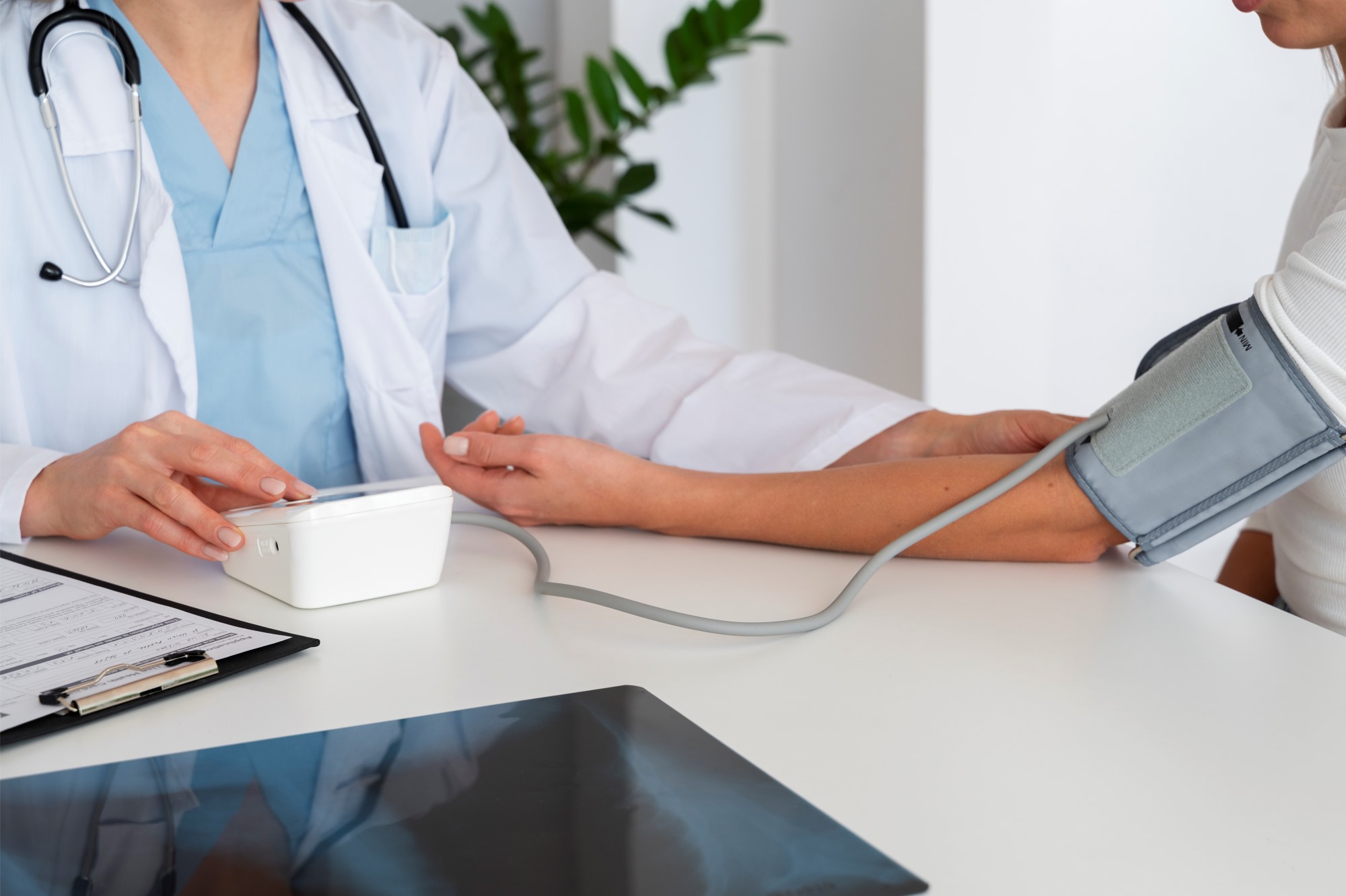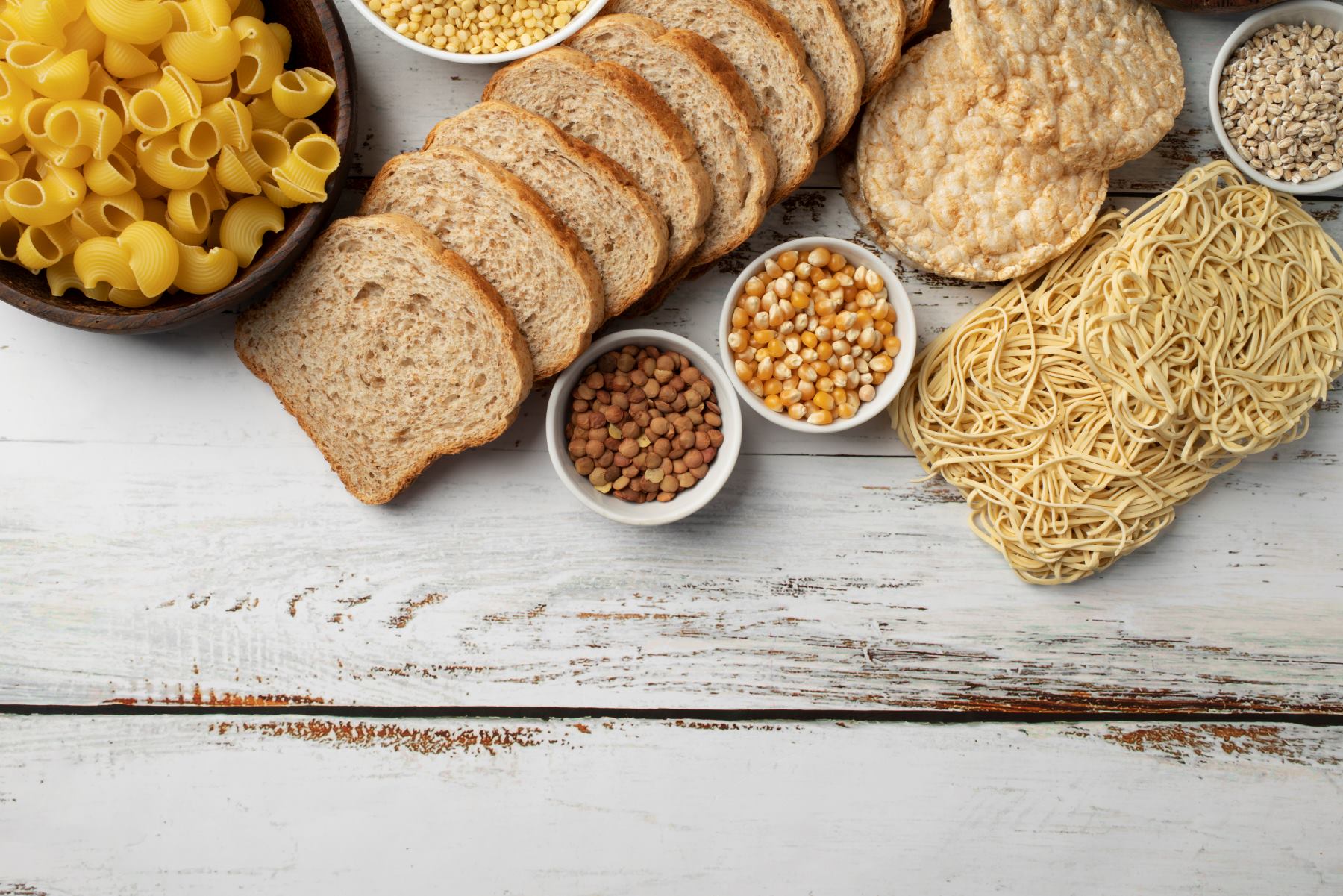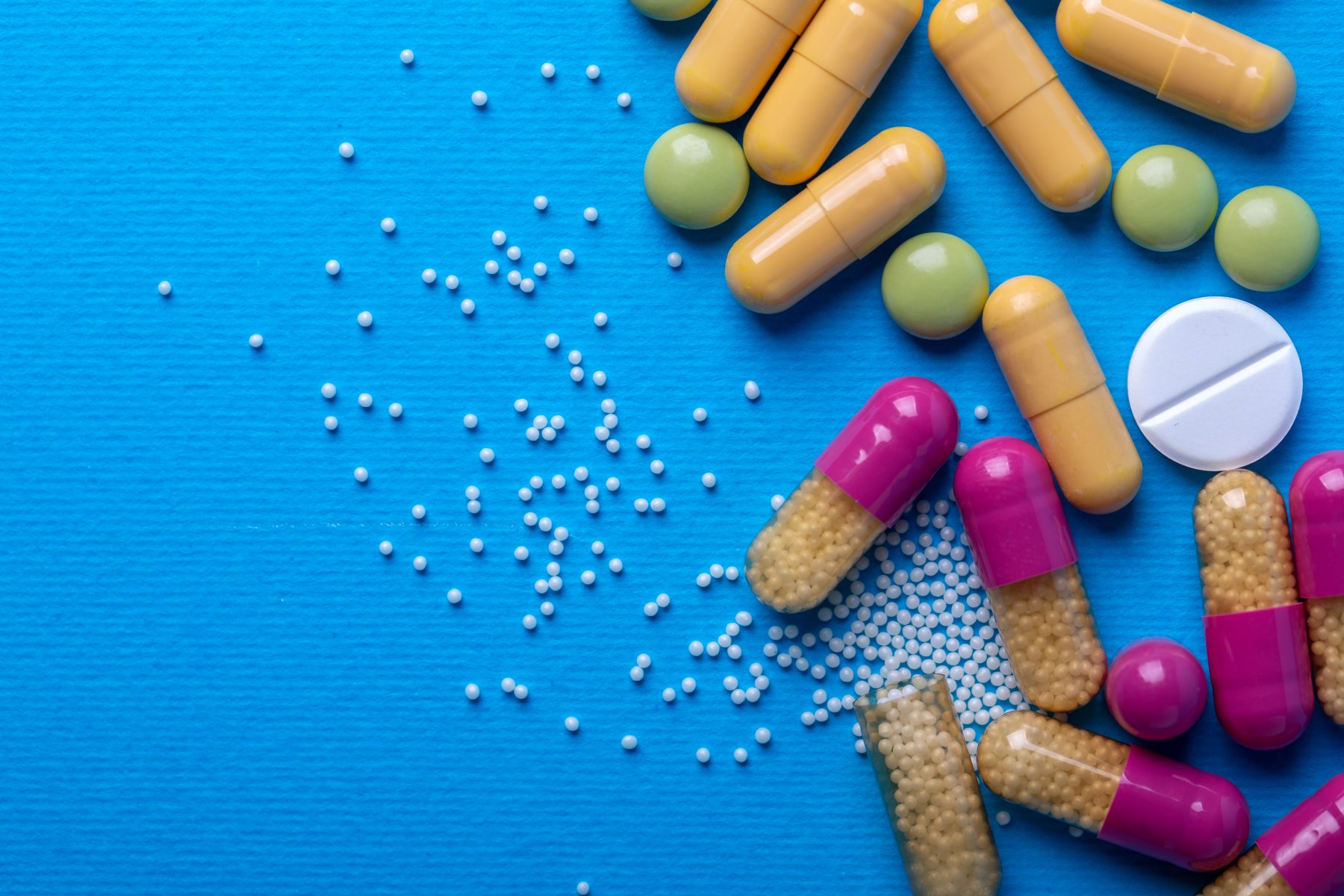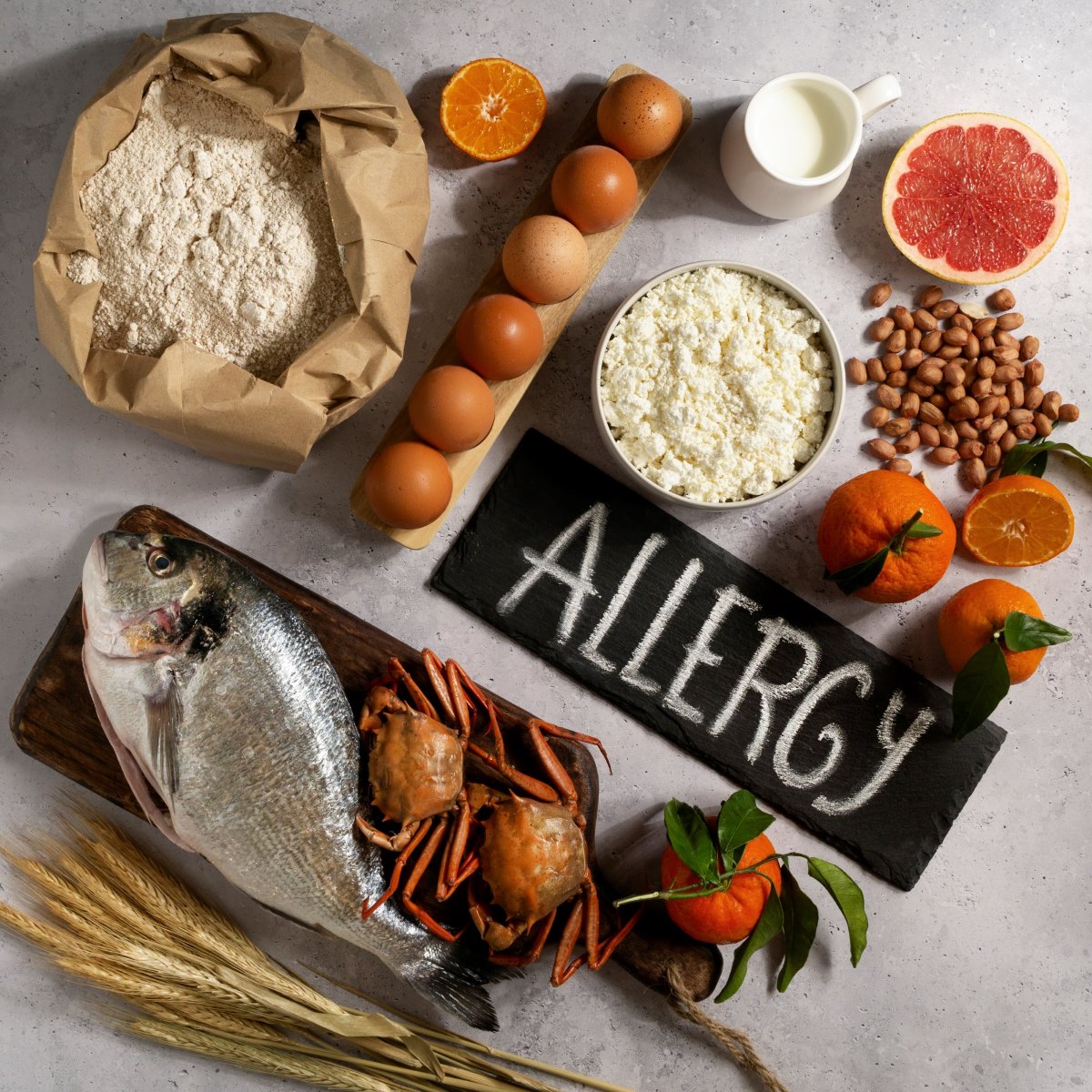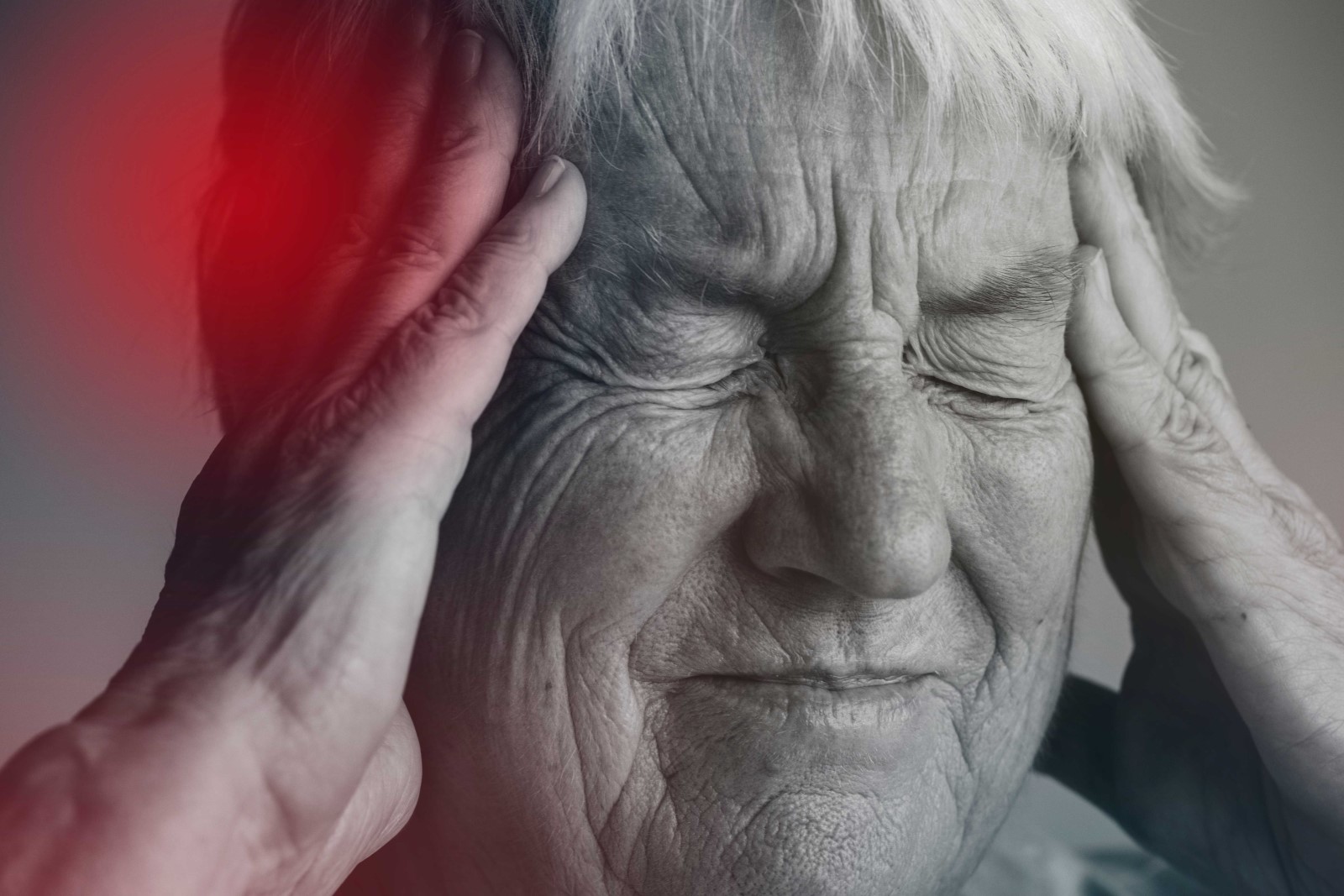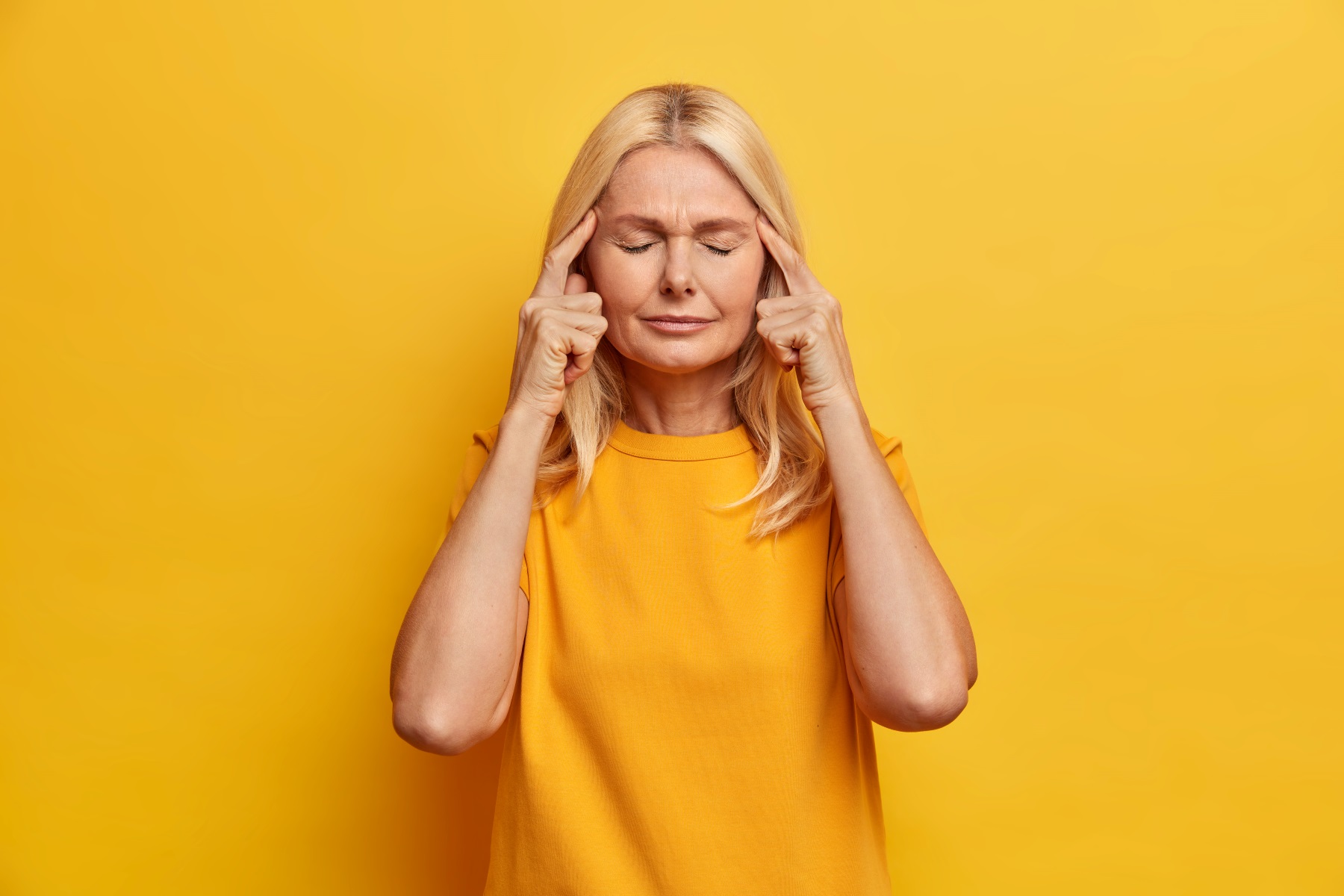Atherosclerosis is a medical term to describe a condition when fatty deposits build up inside the arteries. This process leads to the narrowing of the arterial lumen and reduction of blood flow. Atherosclerosis is the most common vascular disease worldwide. Symptoms are diverse, depending on which vessels are affected.
